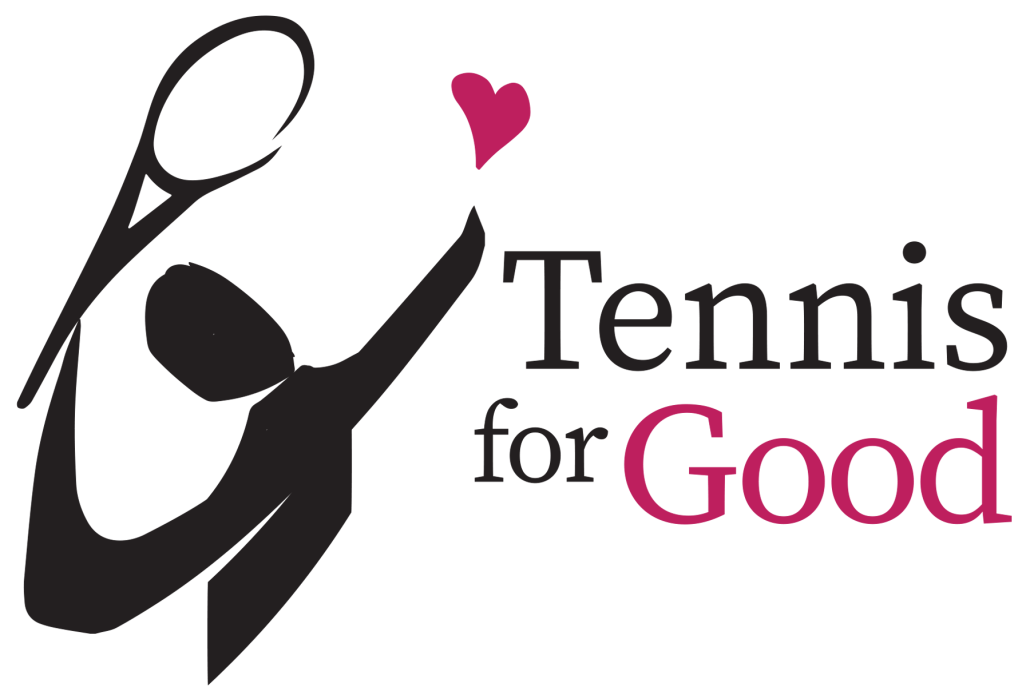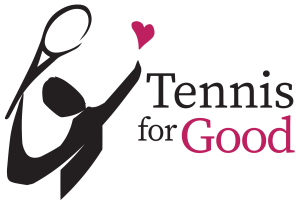 Christian Eubanks in a 6’7″ beanpole out of Georgia Tech who’s been an ATP second-stringer since he turned pro in 2017. He always had a big game and all the tools, but he was the sort of player you’d see at Challenger events and the qualies for ATP events, and you’d wonder why he wasn’t doing better.
Christian Eubanks in a 6’7″ beanpole out of Georgia Tech who’s been an ATP second-stringer since he turned pro in 2017. He always had a big game and all the tools, but he was the sort of player you’d see at Challenger events and the qualies for ATP events, and you’d wonder why he wasn’t doing better.
This year, he’s finally put it all together. He just won his first ATP event and he’s gotten to the third round at Wimbledon, where his match is currently on rain delay. His ranking has climbed from its usual place in the low 100’s to #43.
He was interviewed on The Tennis Channel last night about his success, and this is what he said: “I’ve started paying attention to the little things. You know, things like seeing my physio even if I’m not hurting, getting enough sleep, making sure I eat a serving of protein fifteen minutes after I play or work out.”
That’s all it took! Tightening the bolts at the edges has been enough to lift Christian Eubanks from also-ran status to the heart of the ATP big-time.
Now let’s turn to Exhibit B, also known as — moi. I got a test result recently that suggests I’m considerably more at risk for heart problems than I’d imagined. My situation needn’t affect the quality or length of my life, but I’ll have to manage the situation — this isn’t something I can blink at.
This unexpected news has done unto me what the desire to achieve his full potential appears to have done unto Christian Eubanks — it’s caused me to ‘tighten my bolts at the edges.’ What I need to do, so far as I understand it, is give my heart lots of healthy exercise while also keeping inflammation at a minimum, and so I’m doing things like the following:
- I have a home infrared sauna — I’m trying to use it 4-5 times a week instead of the previous ‘when I’m in the mood for it.’
- I also own a pulsed electromagnetic frequence (PEMF) machine (yes, I’m into wellness gadgets!). These scientifically-proven devices reduce inflammation and improve cardiac performance — I’m now using it daily rather than ‘when I find the time for it.’
- When I play tennis, I’m tracking my heart rate with a Fitbit. I now have two parallel goals when I play — hit the ball in the sweet spot on the racket, and keep my heart rate in the 110-130 BPM sweet spot when I play. This translates into small changes like staying on my feet and maybe even bouncing around a bit when my partners take between-game breaks.
- Zero gluten, zero sweets — we’ll see how long these dietary commitments last!
It’s actually been fun doing these things. It’s required some reprioritizing (a lot less goofing off, a bit less getting-other-stuff-done), but there’s been a huge payoff not only in terms of feeling good about my self-care, but because it’s taken the lazy out of my game, and that is inherently gratifying.
It’s easy to slack off without really realizing that you’re doing it. This is what Christian Eubanks realized, and the insight has brought him a top-50 ranking. It’s what I’ve realized, too, and I’m hoping that it brings me another 20 years-plus of healthy, active life.
How tight is your game at the edges?

 I got some shocking news the other day.
I got some shocking news the other day.